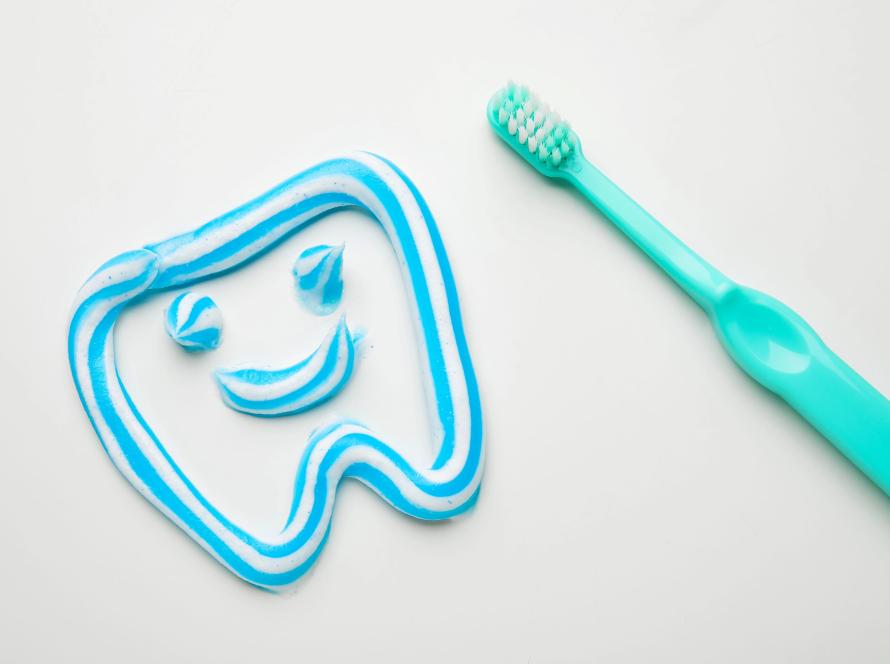When it comes to kids’ oral hygiene, prevention is everything. Most parents know the drill: brushing twice a day, flossing regularly, and scheduling routine children’s dental checkups. But there’s one simple step that often gets overlooked—the dental sealant procedure. This quick, painless treatment can make a big difference in protecting young teeth from cavities. And when combined with fun science experiments, it’s a great way to help kids understand why protection matters.
What Is a Dental Sealant Procedure?
A dental sealant procedure is a preventive treatment where a dentist applies a thin, protective coating to the chewing surface areas of a child’s back teeth (molars). These areas are particularly prone to cavities as food and bacteria can become trapped in the deep grooves.
The procedure is simple:
- The dentist cleans and dries the tooth.
- A special gel is applied to roughen the tooth surface, helping the sealant stick.
- After rinsing and drying again, the sealant is strategically painted on and hardened using a special light.
In about 30 minutes, your child’s teeth are better protected against decay—without any drilling or discomfort.
Why It Matters for Kids’ Oral Hygiene
Tooth decay is one of the most common chronic childhood diseases. Even with good brushing habits, molars are hard to clean thoroughly. The dental sealant procedure acts like a shield, sealing off those tricky grooves and blocking out plaque and bacteria.
It is recognized that children’s dental sealants can prevent 80% of cavities in molars. That’s a huge benefit, especially for kids who are still developing their brushing skills. When combined with regular children’s dental checkups, sealants form a solid defense line in your child’s oral health plan.
Make It Click: Science Experiments That Show the Power of Protection
Kids are naturally curious, and hands-on learning is often the best way to make a lesson stick. Here are a few simple science experiments you can try at home or perhaps in a classroom to demonstrate why the dental sealant procedure is so effective.
1. The Eggshell Experiment: Tooth Enamel vs. Acid
What you need:
- 2 hard-boiled eggs
- Vinegar
- Small bowls
- Petroleum jelly (or clear nail polish)
Steps:
- Coat one egg completely with petroleum jelly or nail polish—this represents a sealed tooth.
- Leave the other egg plain.
- Place both eggs in bowls of vinegar and observe over 24 hours.
The egg without protection will start to bubble and break down as the acid eats away at the shell—just like tooth enamel under attack from sugary and acidic foods. The coated egg stays intact, showing how sealants protect teeth.
2. The Glitter Groove Test: Plaque Simulation
What you need:
- A rubber glove
- Glitter
- Toothbrush and toothpaste
Steps:
- Sprinkle glitter into the grooves of a rubber glove finger (to mimic molars).
- Try brushing the glitter away. You’ll notice how difficult it is to remove it all from the deep crevices.
Explain to kids that just like the glitter, plaque hides in tooth grooves—and sealants help keep those areas covered and clean.
3. The Raincoat Analogy: Water Repellent
What you need:
- Two pieces of paper
- Wax crayon
- Water dropper
Steps:
- Color one piece of paper thoroughly with the wax crayon (this is your “sealed” surface).
- Leave the other paper plain.
- Drop water onto both pieces and watch what happens.
The waxed paper repels water easily, while the plain paper soaks it up. This is a simple way to show how sealants keep damaging substances from sticking to teeth.
Reinforce the Message at Every Dental Visit
Parents should ask about sealants during every child’s dental checkup, especially when molars come in (usually around ages 6 and 12). Many insurance plans cover sealants for kids, recognizing their value in preventing future dental work.
It’s also key to remind kids that while sealants help a lot, they don’t replace good brushing and flossing habits. Sealants protect the biting surfaces, but the sides of the teeth and gums still need daily care.
Wrapping Up
Kids’ oral hygiene is about more than just today—it’s about setting them up for a healthy future. The dental sealant procedure offers a simple, effective way to guard against cavities, especially in those hard-to-clean molars. By pairing dental visits with engaging science experiments, you can help kids understand not just what sealants do but why they matter. A little science and a lot of prevention go a long way toward healthy, silly smiles.


